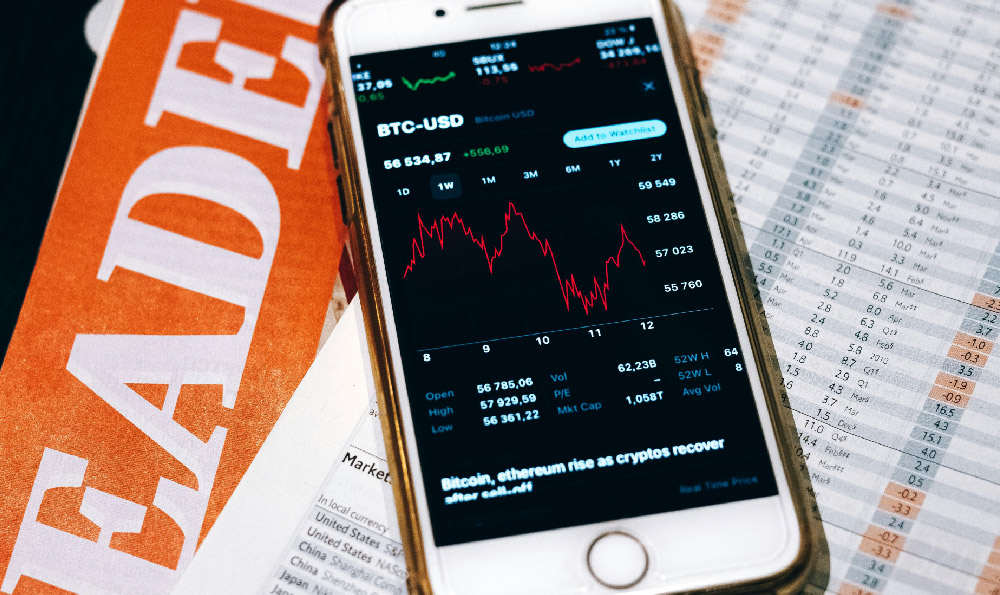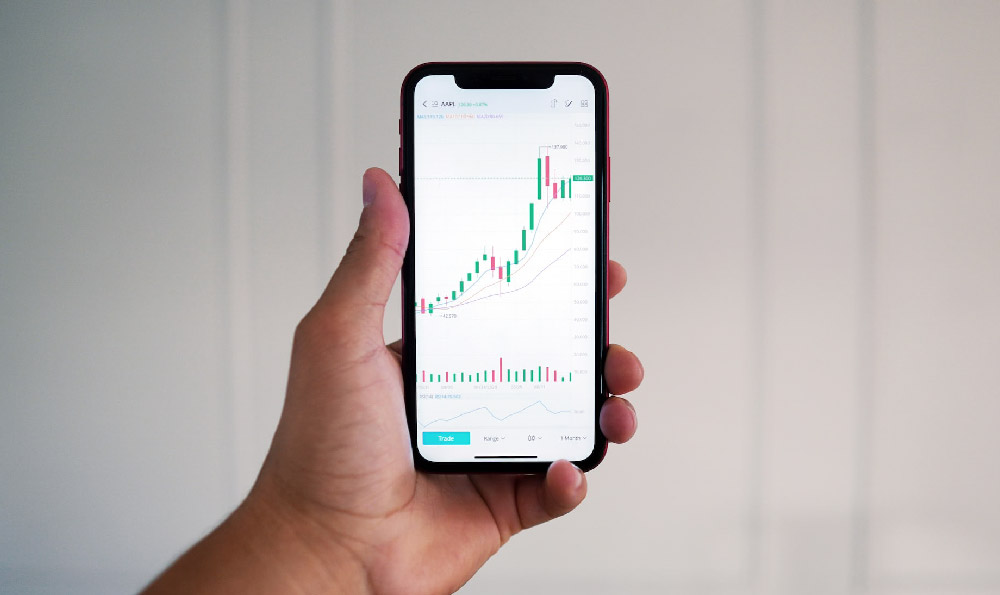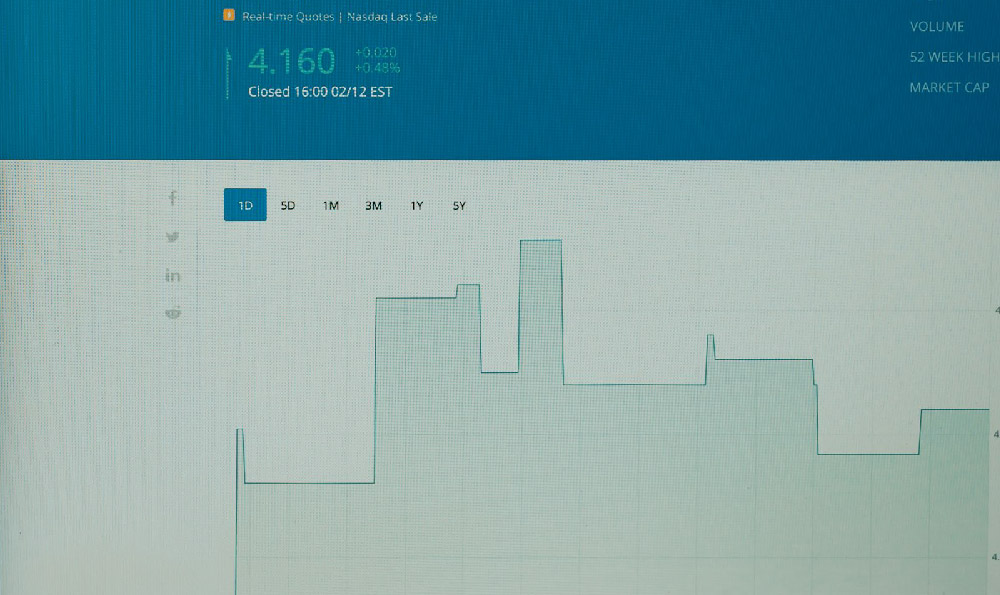Is Binance Algo Trading Profitable? What's the Best Binance Algo?
Is Binance Algo Trading Profitable? Diving Deep into Automated Strategies
Binance, the world's leading cryptocurrency exchange, offers a diverse ecosystem for traders, including the option to utilize algorithmic trading (algo trading). Algo trading involves using computer programs to execute trades based on pre-defined instructions. The allure is clear: potentially automating profits, executing trades faster than humans, and eliminating emotional biases. But the crucial question remains: Is Binance algo trading genuinely profitable? And if so, what are the best Binance algo strategies to consider? Let's dissect this.
Understanding the Potential Benefits of Binance Algo Trading

Algo trading offers several advantages that can contribute to profitability, but it's not a guaranteed path to riches. These advantages include:
- Speed and Efficiency: Algorithms can execute trades within milliseconds, reacting to market fluctuations much faster than a human trader ever could. This speed is vital in the volatile cryptocurrency market.
- Elimination of Emotional Bias: Human traders often succumb to fear and greed, leading to impulsive decisions. Algos operate based on logic and pre-set rules, removing emotional influence.
- Backtesting and Optimization: Before deploying an algo with real capital, traders can backtest it against historical data to evaluate its performance. This allows for adjustments and optimization of the strategy.
- 24/7 Trading: Algos can operate continuously, capitalizing on trading opportunities around the clock, even while the trader is asleep.
- Scalability: Once a profitable algo is developed, it can be scaled up to trade larger positions (within risk management parameters).
The Reality Check: Algo Trading Isn't a Magic Bullet
While the benefits are compelling, it's essential to acknowledge the challenges and potential pitfalls:
- Market Volatility: Cryptocurrency markets are notoriously volatile. An algo that performs well in one market condition might fail miserably in another.
- Overfitting: An algo can be overfitted to historical data, meaning it performs exceptionally well in backtesting but struggles in live trading due to its inability to adapt to changing market dynamics.
- Technical Expertise Required: Developing and deploying effective algos requires a solid understanding of programming, market analysis, and risk management.
- Maintenance and Monitoring: Algos require constant monitoring and maintenance. Market conditions change, and strategies need to be adjusted accordingly. Unexpected bugs or platform changes can also disrupt the algo's operation.
- Competition: The algo trading landscape is becoming increasingly competitive. Many sophisticated traders and institutions are deploying their own algorithms, making it harder to find profitable edges.
Exploring Popular Binance Algo Trading Strategies
Several algorithmic trading strategies can be implemented on Binance. Here are a few examples, along with their potential benefits and risks:
-
Mean Reversion: This strategy assumes that prices will revert to their average over time. The algo identifies deviations from the mean and executes trades to profit from the expected reversion. Potential Benefit: Can be effective in range-bound markets. Risk: Can suffer significant losses during strong trending periods.
-
Trend Following: This strategy aims to identify and capitalize on existing trends. The algo uses technical indicators (e.g., moving averages, MACD) to detect trends and enter trades in the direction of the trend. Potential Benefit: Can generate substantial profits during strong trending markets. Risk: Can experience whipsaw losses during choppy or sideways markets.
-
Arbitrage: This strategy exploits price differences between different exchanges or different trading pairs on the same exchange. The algo simultaneously buys the asset on the exchange where it's cheaper and sells it on the exchange where it's more expensive, profiting from the price discrepancy. Potential Benefit: Relatively low-risk if executed correctly. Risk: Requires fast execution speeds and can be difficult to implement due to transaction fees and latency.
-
Market Making: This strategy involves placing buy and sell orders on the order book to provide liquidity. The algo aims to profit from the spread between the buy and sell prices. Potential Benefit: Can generate consistent profits in liquid markets. Risk: Requires significant capital and can be risky during periods of high volatility.
-
Dollar-Cost Averaging (DCA): A simple strategy where you invest a fixed amount of money at regular intervals, regardless of the price. While not always considered "algo trading" in the strictest sense, it can be automated. Potential Benefit: Reduces the impact of volatility and can be a good strategy for long-term accumulation. Risk: May not be optimal for maximizing returns in rapidly rising markets.
Choosing the "Best" Binance Algo: A Personalized Approach
There's no single "best" Binance algo strategy. The ideal strategy depends on several factors, including:
- Risk Tolerance: How much risk are you willing to take? Some strategies are inherently riskier than others.
- Capital Available: Some strategies require more capital than others to be effective.
- Time Commitment: How much time are you willing to dedicate to monitoring and maintaining the algo?
- Market Conditions: The best strategy will vary depending on the current market conditions. A trend-following strategy might be suitable during a bull market, while a mean-reversion strategy might be more appropriate during a range-bound market.
- Programming and Technical Skills: How proficient are you in programming languages like Python, which are commonly used for algo trading?
Key Steps to Implementing Binance Algo Trading
-
Gain a Solid Understanding of Trading and the Cryptocurrency Market: Before diving into algo trading, it's crucial to have a strong foundation in trading principles, technical analysis, and the dynamics of the cryptocurrency market.
-
Learn a Programming Language: Python is a popular choice for algo trading due to its ease of use and extensive libraries.
-
Choose Your Trading Platform: Binance offers an API (Application Programming Interface) that allows you to connect your algo to the exchange.
-
Develop and Backtest Your Strategy: Use historical data to backtest your chosen strategy and optimize its parameters.
-
Paper Trade: Before risking real capital, paper trade your algo to simulate live trading conditions and identify any potential issues.
-
Start with Small Positions: When you're ready to trade with real money, start with small positions and gradually increase your position size as you gain confidence.
-
Monitor and Adjust Regularly: Continuously monitor your algo's performance and adjust its parameters as needed to adapt to changing market conditions.
Conclusion: Profitability Depends on Skill and Diligence
Is Binance algo trading profitable? The answer is a qualified "maybe." While algo trading offers numerous advantages, it's not a guaranteed path to wealth. Profitability depends on a combination of factors, including a well-designed strategy, technical expertise, risk management, and constant monitoring and adjustment. The "best" Binance algo is the one that aligns with your individual risk tolerance, capital availability, time commitment, and market conditions. Approach algo trading with realistic expectations, a willingness to learn, and a strong emphasis on risk management, and you'll be better positioned to achieve profitability. Remember to always conduct thorough research and consider seeking advice from experienced professionals before investing in any financial market.















